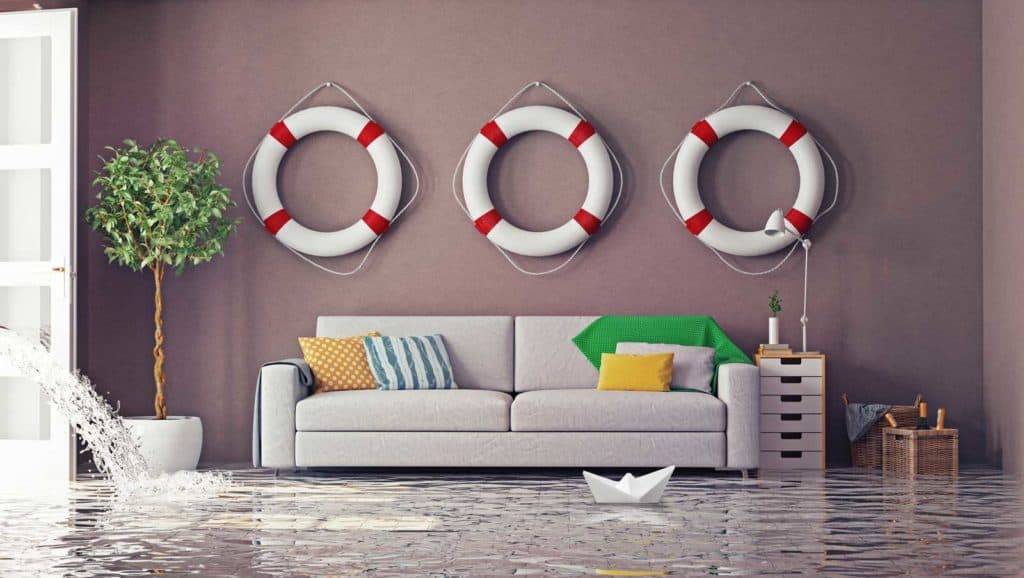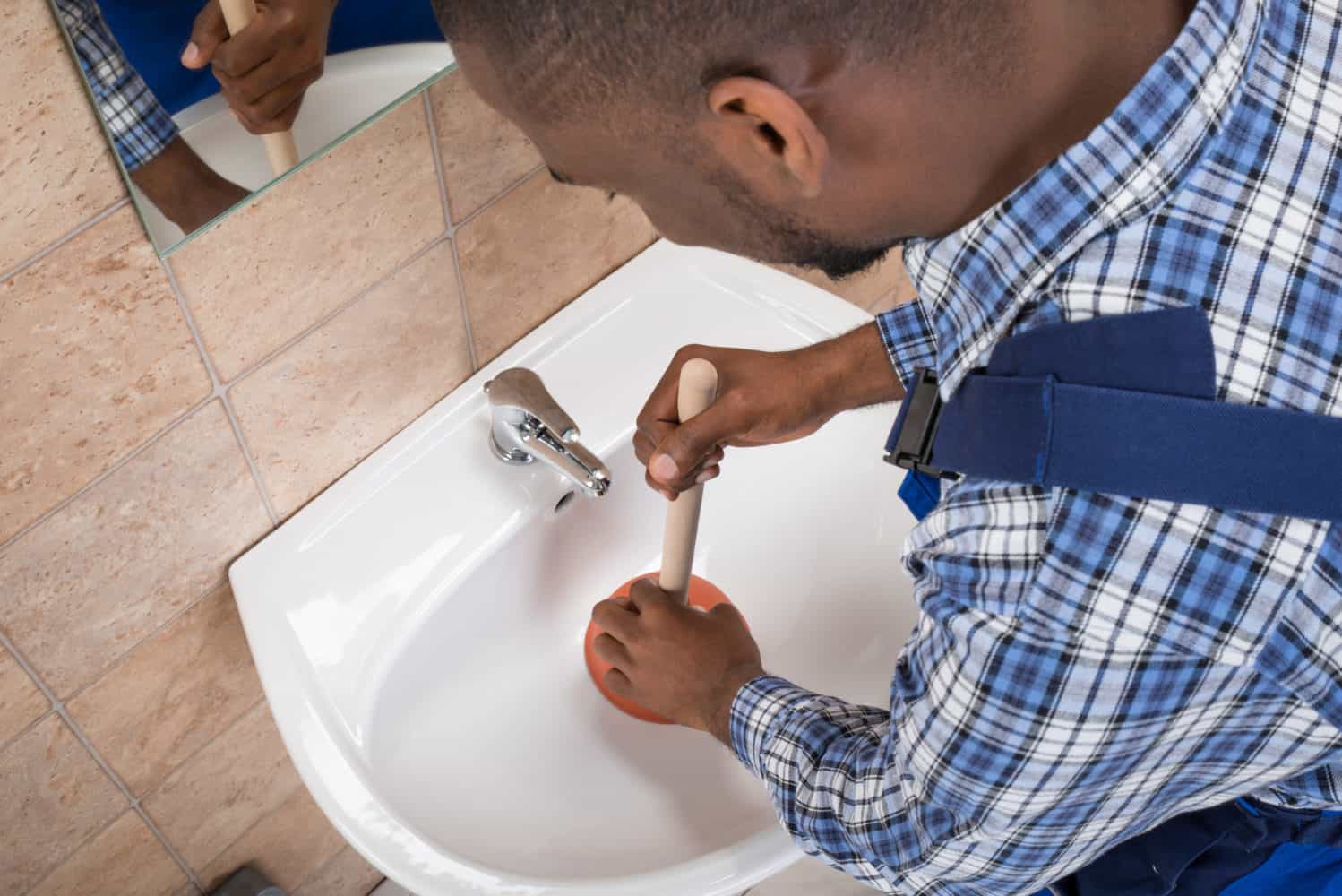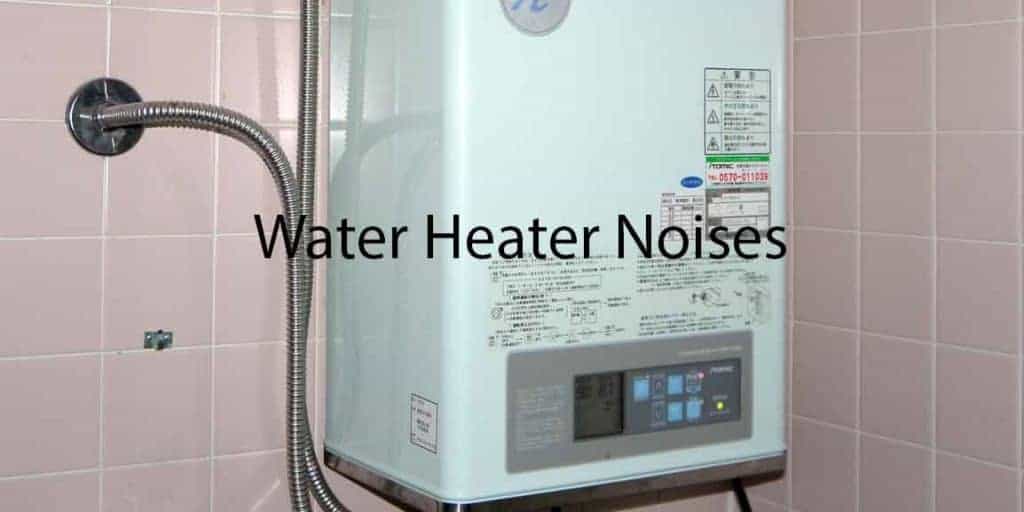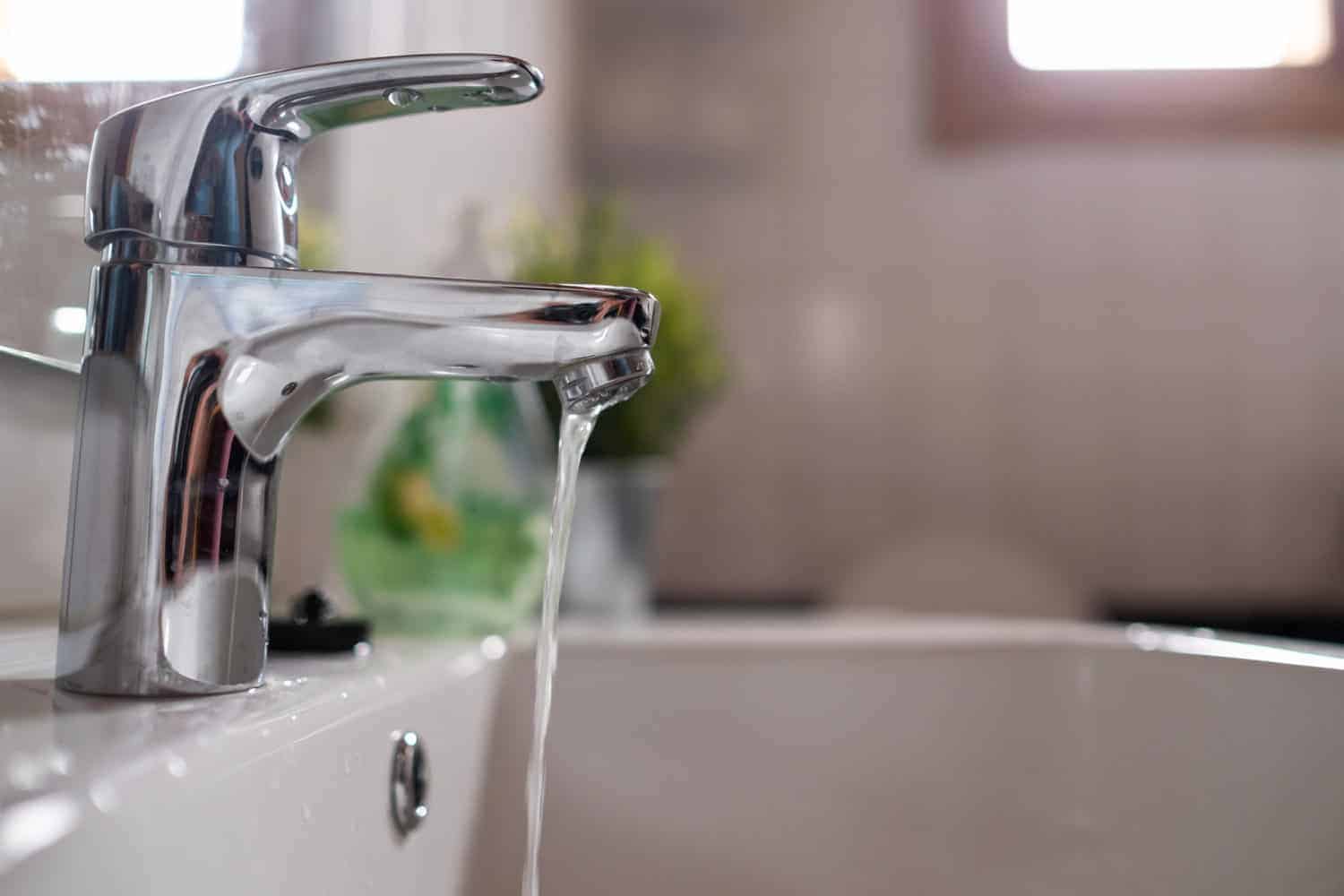So, you’ve woken up to a flooded basement. If it’s the first time something like this happened to you, don’t panic. Taking care of this problem is a dreaded task, but it can be done.
Unexpected water in the basement can easily ruin furniture, destroy carpeting, as well as damage the walls and floors. What’s more, it can – and it will – lead to mold, and pretty quickly.
Therefore, it’s easy to see how a flooded basement can make even the bravest homeowner feel helpless. However, learning how to deal with nasty, smelly water in your cellar will help you prevent serious damage to your home in the future.
Here are the steps you should take:
Contents
Step #1 – Ensure Complete Safety
Before everything else, you’ll have to determine the severity of the situation. Having standing water in the basement always brings the risk of electric shock. This is particularly true if the water is high enough to reach the outlets or wires.
To make sure that it’s safe to come down, check:
- Water Depth – In case the water is deeper than 2 inches, do not enter the basement. You could easily get shocked.
In such cases, calling a water damage specialist or a licensed plumber is the best course of action. The water has to be pumped out of the basement as soon as possible.
Regardless of the water level, it’s crucial to turn off the power to the basement any time the flooding occurs. You can do this by accessing your main electrical service panel. If you can’t access the panel, have an electrician do it for you.
- Submerged Appliances – The situation is particularly dangerous if the water level is reaching your water heater, furnace, or other gas-fired appliances.
Immediately contact your gas provider and tell them to turn off your gas supply. If you smell gas, leave the building immediately.
Step #2 – Find the Source
For the next step, you’ll have to determine the source of your basement flood.
Finding the place where the water is leaking saves time – you’ll be able to inform your contractor as soon as he arrives. It also helps in preventing future floodings.
How to determine why your cellar is flooding? Take a good look at the space and pinpoint the manner in which the water is getting inside. If it’s coming through:
- Windows, Foundation, Floor, or Walls – If this is the case, it’s probably the result of high water tables or heavy rains. For the waters to stop rising, the weather will need to change.
If the water isn’t too deep and it’s safe to enter the basement, shut off the power to the basement. This is very important – the water may continue to rise. After that, start with removing your belongings from the cellar.
- Floor Drain – Typically, this indicates that there’s an issue with the home drainage system. A backup in the town’s sewer lines can also be the root of the problem.
What you should do here is call a plumber. If they determine that the problem stems from the municipal sewer system, they can notify the sewage department.
- Appliances or Plumbing – Are the hoses or pipes connected to your water heater or washer spewing water? If they are, you’ve found the source. Immediately cut off the fixture’s access to water.
Do you think that broken plumbing is the culprit? If you can’t find out which of your fixtures is broken, simply shut off the water supply to the whole house.
Step #3 – Dry the Basement
Before you start rescuing items, unplug the electronics by quickly moving through the basement. It’s an important step, particularly in case the water continues to rise.
The faster you dry the cellar and prevent the mold from appearing, the less you’ll have to worry about any long-term damage. Begin the process by removing the standing water. You can use mops the buckets if the water isn’t too deep.
If it’s not shallow, consider the following options:
- A Submersible Pump – These can be bought or rented at most pool supply stores.
- A Wet/Dry Vac – If only a small part of your cellar has deep standing water, a wet/dry vac is a better option. These appliances can be rented at Home Depot and other hardware stores.
- Hire a Water Restoration Specialist – If you don’t have access to the tools mentioned above, this is your best bet.
Once the standing water is gone, your basement will still be quite damp. Here’s how to give the drying process a boost:
- Set up a Dehumidifier – Set this appliance on high and don’t forget to frequently drain the water.
- Set up some fans – Position them so that they’re blowing toward the stairs. To speed up evaporation, turn them on high.
- Open any windows – If the weather allows it, help the moisture escape by opening basement windows.
Step #4 – Salvage the Belongings
With no more water in the basement, you can start moving your belongings. Prioritizing is the key – you won’t be able to rescue everything. Prioritize things that are hardest to replace, such as:
- Family Keepsakes – Souvenirs, books, photo albums, and any kind of heirlooms.
- Vital Documents – Financial records, passports, titles, and deeds.
- Electronics – Computers, TVs, and portable electronics.
Once you save these items, work on saving as much of the remaining belongings as possible.
Step #5 – Clean the Basement
The first thing to do here is to get rid of ruined items. Do not attempt to save:
- Drenched upholstered furniture.
- Carpeting and rugs that were submerged.
- Any fabric items that weren’t washed and dried within two days.
- Electronics damaged by water.
Do you have a lot to get rid of? Consider using a rental residential dumpster. If you’re not sure about the safety of some items, consult experts. The objects you want to save shouldn’t be at risk of growing bacteria or mold.
When in doubt, it’s best to get help from professionals – the experts from Total Restoration of Texas can help you with your problem.
This kind of issue needs to be handled quickly yet carefully, and you’d better leave it to licensed technicians if you have no previous experience with cleaning up a flooded basement.



